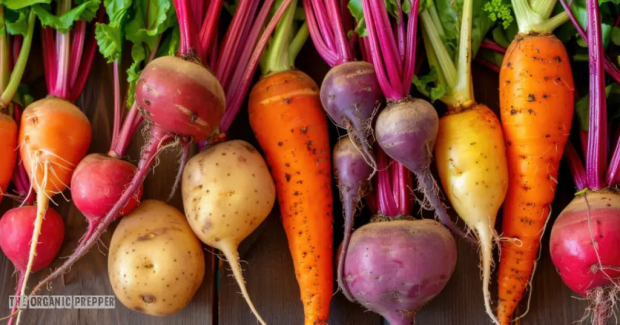
Breaking News
DRINK 1 CUP Before Bed for a Smaller Waist
 Nano-magnets may defeat bone cancer and help you heal
Nano-magnets may defeat bone cancer and help you heal
 Dan Bongino Officially Leaves FBI After One-Year Tenure, Says Time at the Bureau Was...
Dan Bongino Officially Leaves FBI After One-Year Tenure, Says Time at the Bureau Was...
 WATCH: Maduro Speaks as He's Perp Walked Through DEA Headquarters in New York
WATCH: Maduro Speaks as He's Perp Walked Through DEA Headquarters in New York
Top Tech News
 Laser weapons go mobile on US Army small vehicles
Laser weapons go mobile on US Army small vehicles
 EngineAI T800: Born to Disrupt! #EngineAI #robotics #newtechnology #newproduct
EngineAI T800: Born to Disrupt! #EngineAI #robotics #newtechnology #newproduct
 This Silicon Anode Breakthrough Could Mark A Turning Point For EV Batteries [Update]
This Silicon Anode Breakthrough Could Mark A Turning Point For EV Batteries [Update]
 Travel gadget promises to dry and iron your clothes – totally hands-free
Travel gadget promises to dry and iron your clothes – totally hands-free
 Perfect Aircrete, Kitchen Ingredients.
Perfect Aircrete, Kitchen Ingredients.
 Futuristic pixel-raising display lets you feel what's onscreen
Futuristic pixel-raising display lets you feel what's onscreen
 Cutting-Edge Facility Generates Pure Water and Hydrogen Fuel from Seawater for Mere Pennies
Cutting-Edge Facility Generates Pure Water and Hydrogen Fuel from Seawater for Mere Pennies
 This tiny dev board is packed with features for ambitious makers
This tiny dev board is packed with features for ambitious makers
 Scientists Discover Gel to Regrow Tooth Enamel
Scientists Discover Gel to Regrow Tooth Enamel
 Vitamin C and Dandelion Root Killing Cancer Cells -- as Former CDC Director Calls for COVID-19...
Vitamin C and Dandelion Root Killing Cancer Cells -- as Former CDC Director Calls for COVID-19...
Three Layers of Food Preservation for Winter Survival

By Rowan O'Malley
As someone who lives in USDA climate zone 4, where temperatures dip down to -30F, I take winter seriously. Each fall, when winter looms, yes, I am thinking about the usual homestead tasks of preparing firewood and making sure the woodstove is ready for burning. However, I am also getting ready to survive the winter without grocery stores. Now, so far, the grocery stores have continued to operate, but you never know.
Although, in the long term, I would love to dig and build a proper root cellar, I don't have one now. I know that OP readers are in different circumstances in terms of where they live and whether they have a root cellar or not, so I thought I would share a few of my tips on the different creative "layers" of fresh vegetables that I have ready to eat over the winter.
All of this can be done without a root cellar. I am in a very small space of just under 500 square feet. Rather than add solutions like a big chest freezer to the mix, I prefer finding solutions that blend with what I'm already doing and don't add any dependency to the electrical grid.
Layer 1: Packing Available Fridge Space
My first layer is one that is available to most folks: the refrigerator. In fact, my fridge capacity is pretty small, but I still find space to pack in some extra root vegetables in there when the sales are on in the fall. This particular year, I had a smaller garden myself and participated in a community garden that gave a lot of food away. So, when the harvest season came, I picked up bulk carrots, beets, and sweet potatoes for an amazing price. I mixed in a few of my own late beets, too.
That was at least a couple of months ago now, and I was able to reach into the fridge to get some carrots and beets in perfect condition to make a soup last night. I used two methods: storing some in the original plastic ventilated bag that the bulk carrots came in. Some other beets, I wrapped in a damp tea towel and stored in another area of my small fridge.



